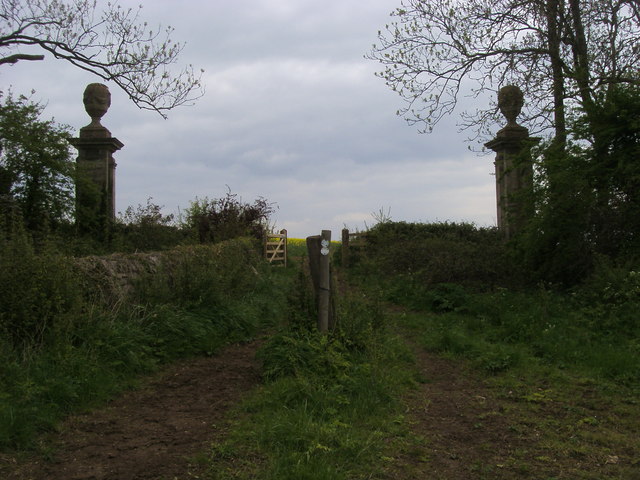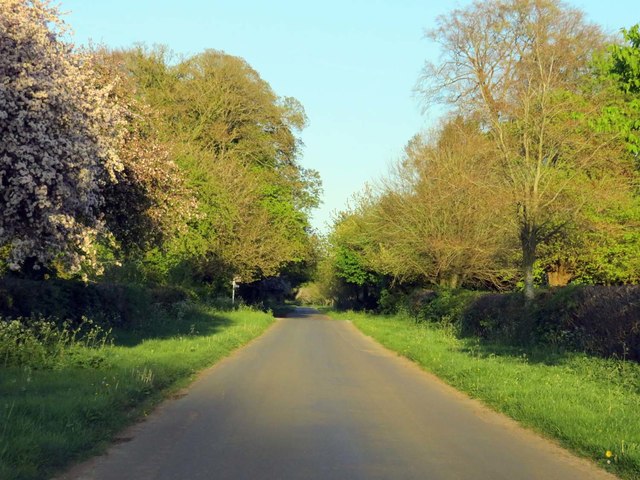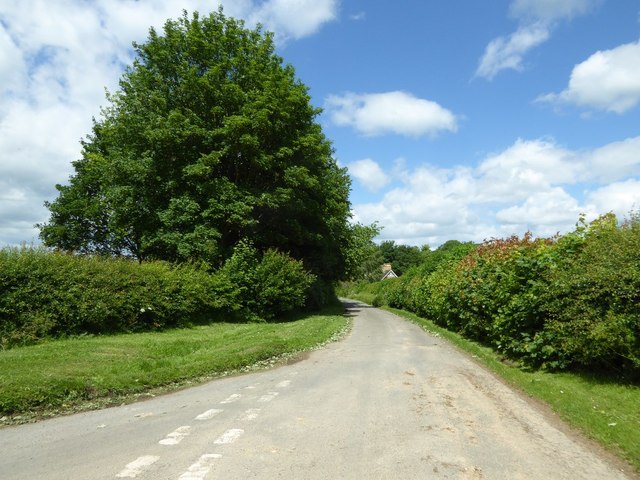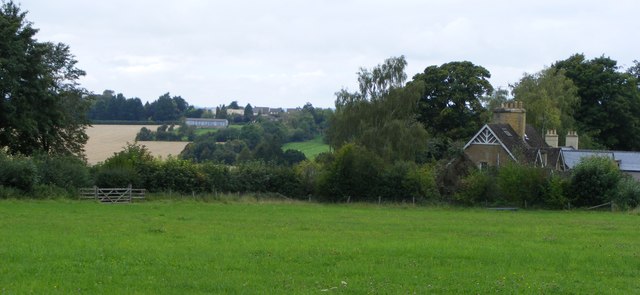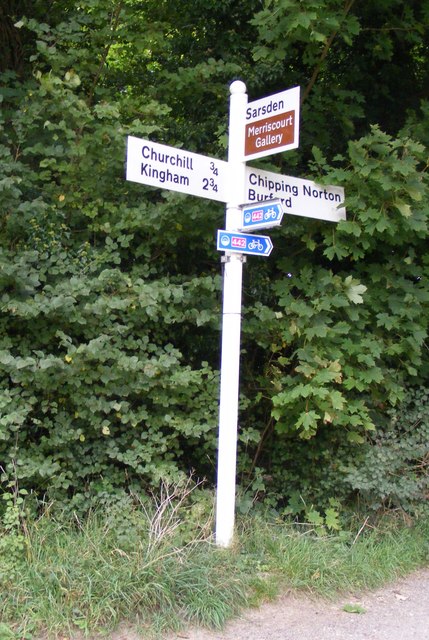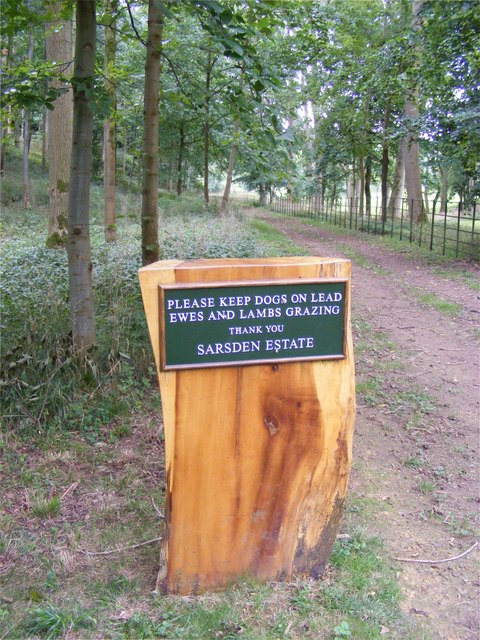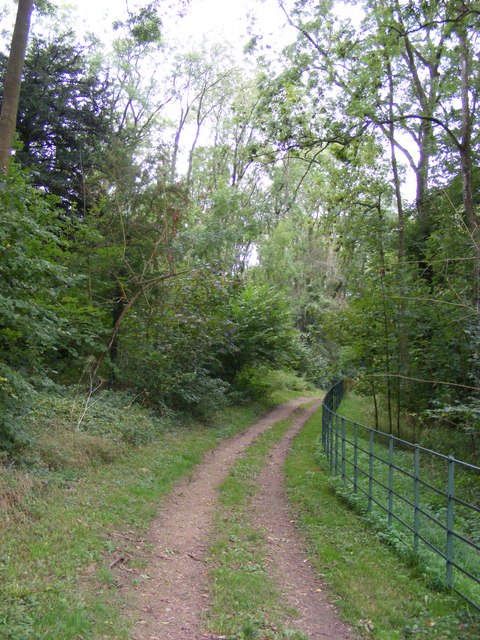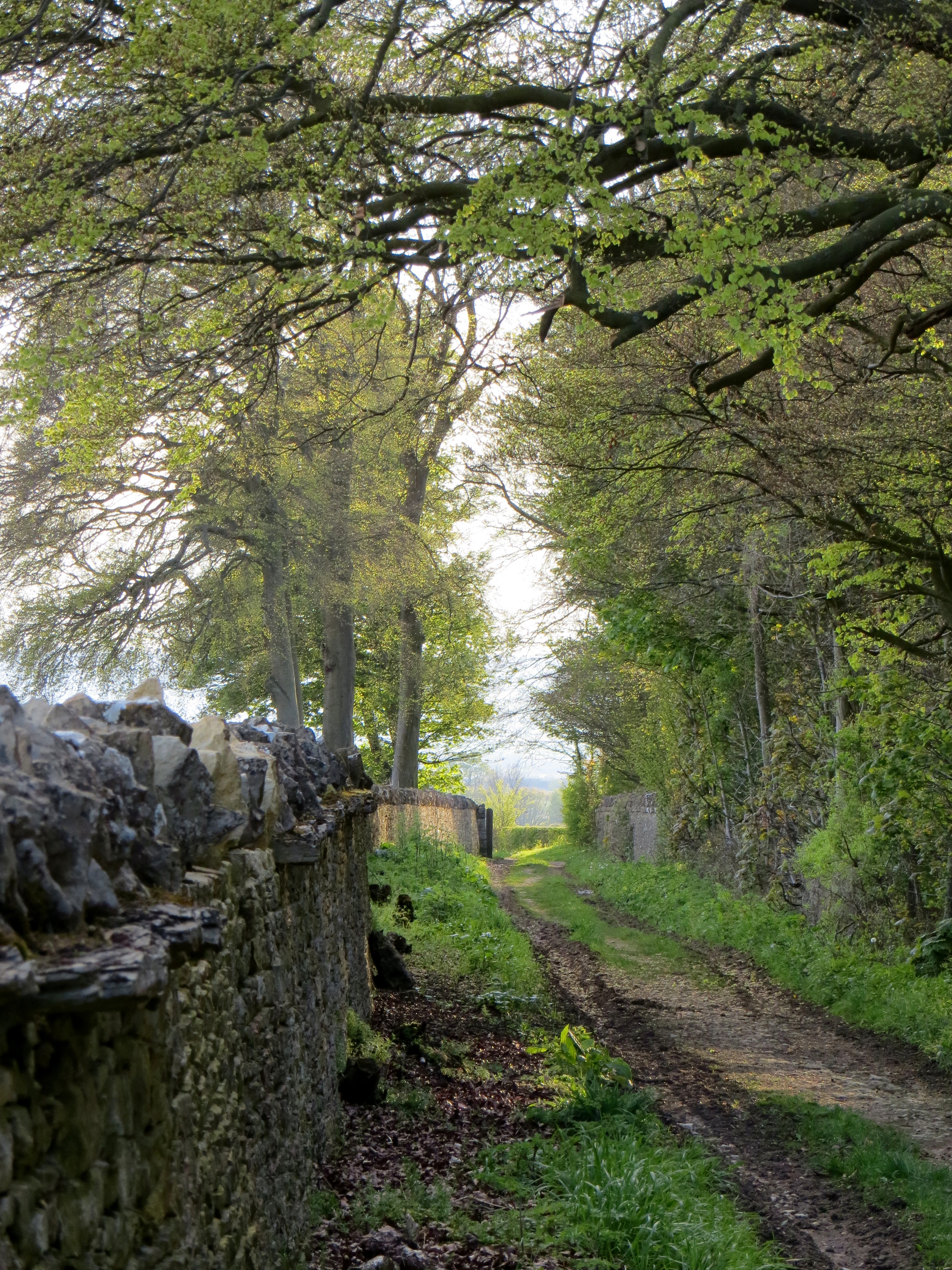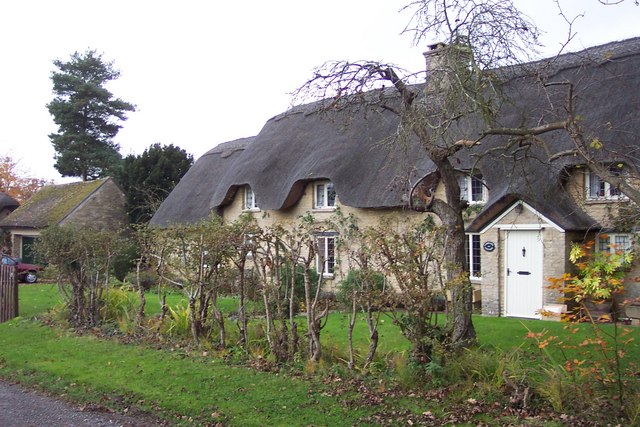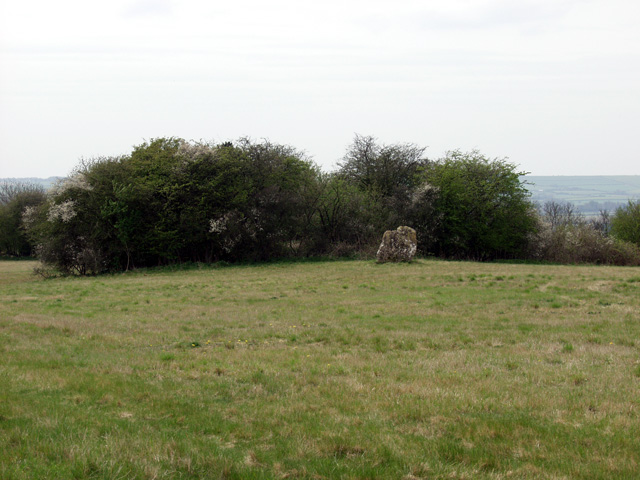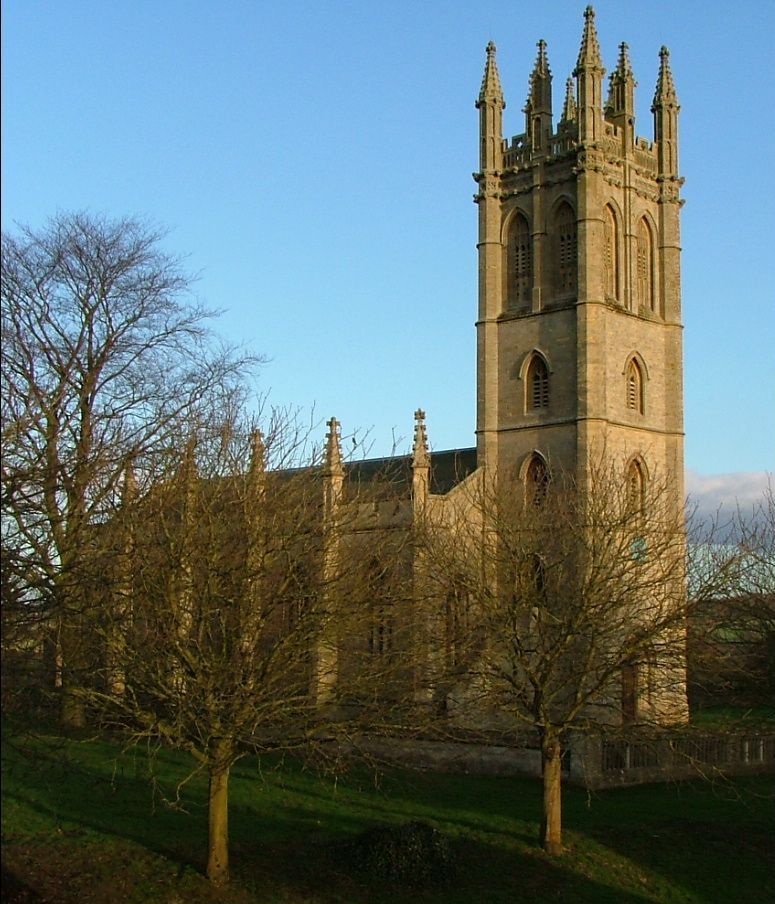Skew Plantation
Wood, Forest in Oxfordshire West Oxfordshire
England
Skew Plantation

Skew Plantation, located in Oxfordshire, is a serene and enchanting woodland area that offers a picturesque setting for nature enthusiasts and outdoor lovers alike. Spread over a vast expanse, this captivating forest is known for its dense foliage, towering trees, and diverse wildlife.
The plantation's name, "Skew," is derived from the Old English word "sceaga," meaning wood or forest, indicating its rich historical significance. The woodland is believed to have existed for centuries and has witnessed the passage of time and the evolution of nature.
Skew Plantation boasts a varied ecosystem, with a plethora of tree species such as oak, beech, and birch, creating a lush and verdant landscape. The forest floor is adorned with a vibrant carpet of wildflowers, adding bursts of color to the already captivating scenery.
The plantation offers numerous trails and pathways that wind through the woods, providing visitors with the opportunity to explore and immerse themselves in the tranquility of nature. As they wander along the well-maintained paths, visitors may encounter an array of wildlife, including squirrels, rabbits, and a variety of bird species.
Skew Plantation is not only a haven for nature enthusiasts but also a place of historical significance. The forest has witnessed various historical events and archaeological discoveries, making it an intriguing destination for history buffs.
Whether one seeks solitude amidst nature, a place for outdoor activities, or an opportunity to delve into the region's rich history, Skew Plantation in Oxfordshire is a captivating destination that offers a truly immersive experience in the heart of a beautiful woodland.
If you have any feedback on the listing, please let us know in the comments section below.
Skew Plantation Images
Images are sourced within 2km of 51.901792/-1.5590248 or Grid Reference SP3022. Thanks to Geograph Open Source API. All images are credited.
![Wayside cross, Sarsden According to the Historic England listing there is a question of the age of this wayside cross in Sarsden. The cross is described as "apparently early to mid-C14 but possibly early C19 reusing medieval stonework", the thinking being that it may have used some stone from Churchill church which was demolished in the early 19th century. The cross is Grade II* listed.
Historic England description
Not shown on O.S. map. Wayside cross. Apparently early to mid-C14 but possibly early C19 reusing medieval stonework. Limestone. Short octagonal shaft with gabled canopy having small circular socket to top on octagonal plinth with blind cinquefoil-headed panel to each side. Base of 6 wide steps forming irregular octagon. The cross is not marked on detailed estate maps of the area made in 1788 and 1795 nor do the accompanying terriers give any indication of its existence through field names. The cross was drawn by J.C, Buckler in 1825, the year in which most of the old church at Churchill (q.v.) was demolished, and it is possible that fragments from there were used to make up the cross. (Buildings of England: Oxfordshire: p753; B.J. Marples: The Medieval Crosses of Oxfordshire: Oxoneinsia 38 (1973), pp.302, 303, 308; Bodleian Library, Oxford: MS.Top.0xon.a.68 No.453; Oxfordshire County Record Office, estate maps) [2645]
Source: <span class="nowrap"><a title="https://www.historicengland.org.uk/listing/the-list/list-entry/1053279" rel="nofollow ugc noopener" href="https://www.historicengland.org.uk/listing/the-list/list-entry/1053279">Link</a><img style="margin-left:2px;" alt="External link" title="External link - shift click to open in new window" src="https://s1.geograph.org.uk/img/external.png" width="10" height="10"/></span>](https://s3.geograph.org.uk/geophotos/05/42/57/5425707_686cb836.jpg)
![Wayside cross, Sarsden According to the Historic England listing there is a question of the age of this wayside cross in Sarsden. The cross is described as &quot;apparently early to mid-C14 but possibly early C19 reusing medieval stonework&quot;, the thinking being that it may have used some stone from Churchill church which was demolished in the early 19th century. The cross is Grade II* listed.
Historic England description
Not shown on O.S. map. Wayside cross. Apparently early to mid-C14 but possibly early C19 reusing medieval stonework. Limestone. Short octagonal shaft with gabled canopy having small circular socket to top on octagonal plinth with blind cinquefoil-headed panel to each side. Base of 6 wide steps forming irregular octagon. The cross is not marked on detailed estate maps of the area made in 1788 and 1795 nor do the accompanying terriers give any indication of its existence through field names. The cross was drawn by J.C, Buckler in 1825, the year in which most of the old church at Churchill (q.v.) was demolished, and it is possible that fragments from there were used to make up the cross. (Buildings of England: Oxfordshire: p753; B.J. Marples: The Medieval Crosses of Oxfordshire: Oxoneinsia 38 (1973), pp.302, 303, 308; Bodleian Library, Oxford: MS.Top.0xon.a.68 No.453; Oxfordshire County Record Office, estate maps) [2645]
Source: <span class="nowrap"><a title="https://www.historicengland.org.uk/listing/the-list/list-entry/1053279" rel="nofollow ugc noopener" href="https://www.historicengland.org.uk/listing/the-list/list-entry/1053279">Link</a><img style="margin-left:2px;" alt="External link" title="External link - shift click to open in new window" src="https://s1.geograph.org.uk/img/external.png" width="10" height="10"/></span>](https://s2.geograph.org.uk/geophotos/05/42/57/5425710_71a3ec6d.jpg)

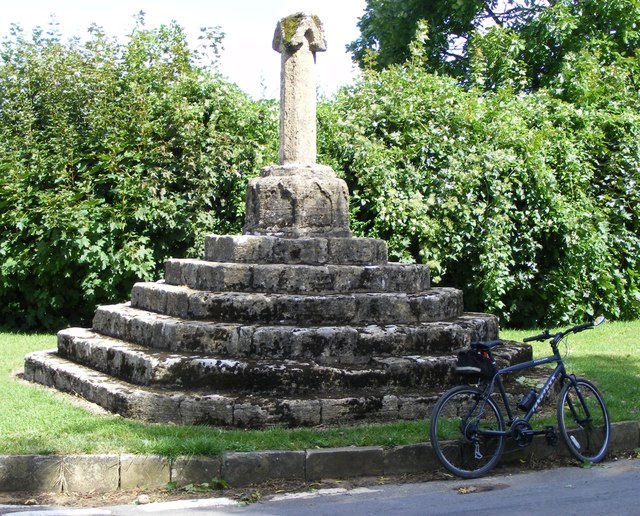
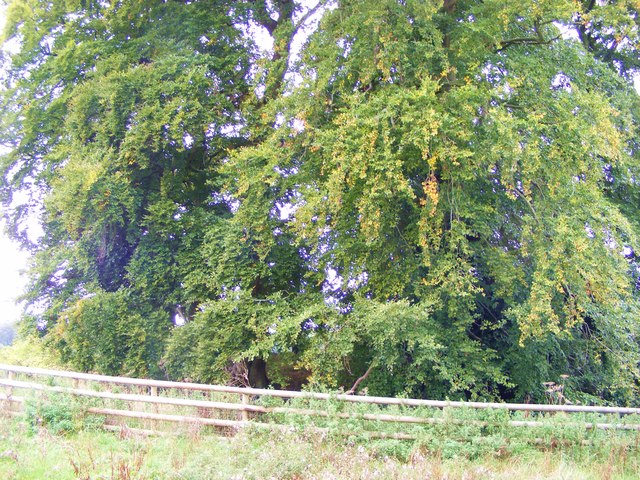
Skew Plantation is located at Grid Ref: SP3022 (Lat: 51.901792, Lng: -1.5590248)
Administrative County: Oxfordshire
District: West Oxfordshire
Police Authority: Thames Valley
What 3 Words
///stripped.thread.loom. Near Chipping Norton, Oxfordshire
Nearby Locations
Related Wikis
Knollbury
Knollbury is a scheduled Iron Age hillfort enclosure to the north west of Chadlington in Oxfordshire. Believed to be defensive in nature the enclosure...
Sarsgrove Wood
Sarsgrove Wood is a 41.9-hectare (104-acre) biological Site of Special Scientific Interest south of Chipping Norton in Oxfordshire.This ancient wood has...
Sarsden
Sarsden is a village and civil parish about 3 miles (5 km) south of Chipping Norton, Oxfordshire. The 2001 Census recorded the parish population as 83...
The Dower House, Sarsgrove Wood
The Dower House, Sarsgrove Wood is a Grade II* listed house in Sarsgrove Wood, Churchill, Oxfordshire, England (near Chipping Norton).The house has been...
Lyneham Longbarrow
Lyneham Longbarrow (grid reference SP297210) is a long barrow near Lyneham, Oxfordshire. It is beside the A361 road, between Shipton-under-Wychwood and...
Chadlington
Chadlington is a village and civil parish in the Evenlode Valley about 3 miles (5 km) south of Chipping Norton, Oxfordshire. The village has four neighbourhoods...
Churchill and Sarsden
Churchill and Sarsden are civil parishes in West Oxfordshire with a common parish council, about 3 miles (5 km) southwest of Chipping Norton. The joint...
Churchill, Oxfordshire
Churchill is a village and civil parish about three miles (five kilometres) southwest of Chipping Norton, Oxfordshire in the Cotswolds Area of Outstanding...
Have you been to Skew Plantation?
Leave your review of Skew Plantation below (or comments, questions and feedback).

